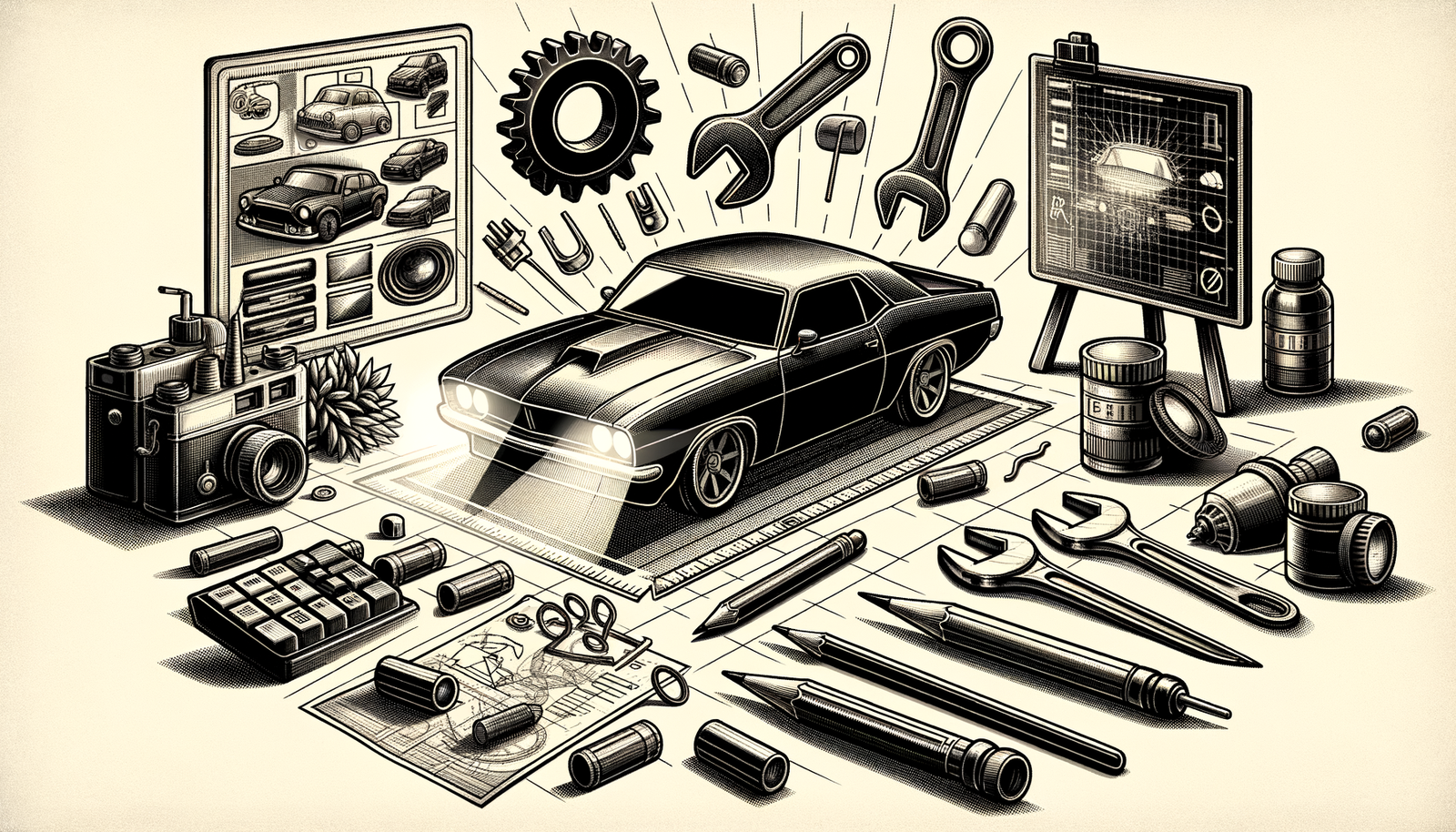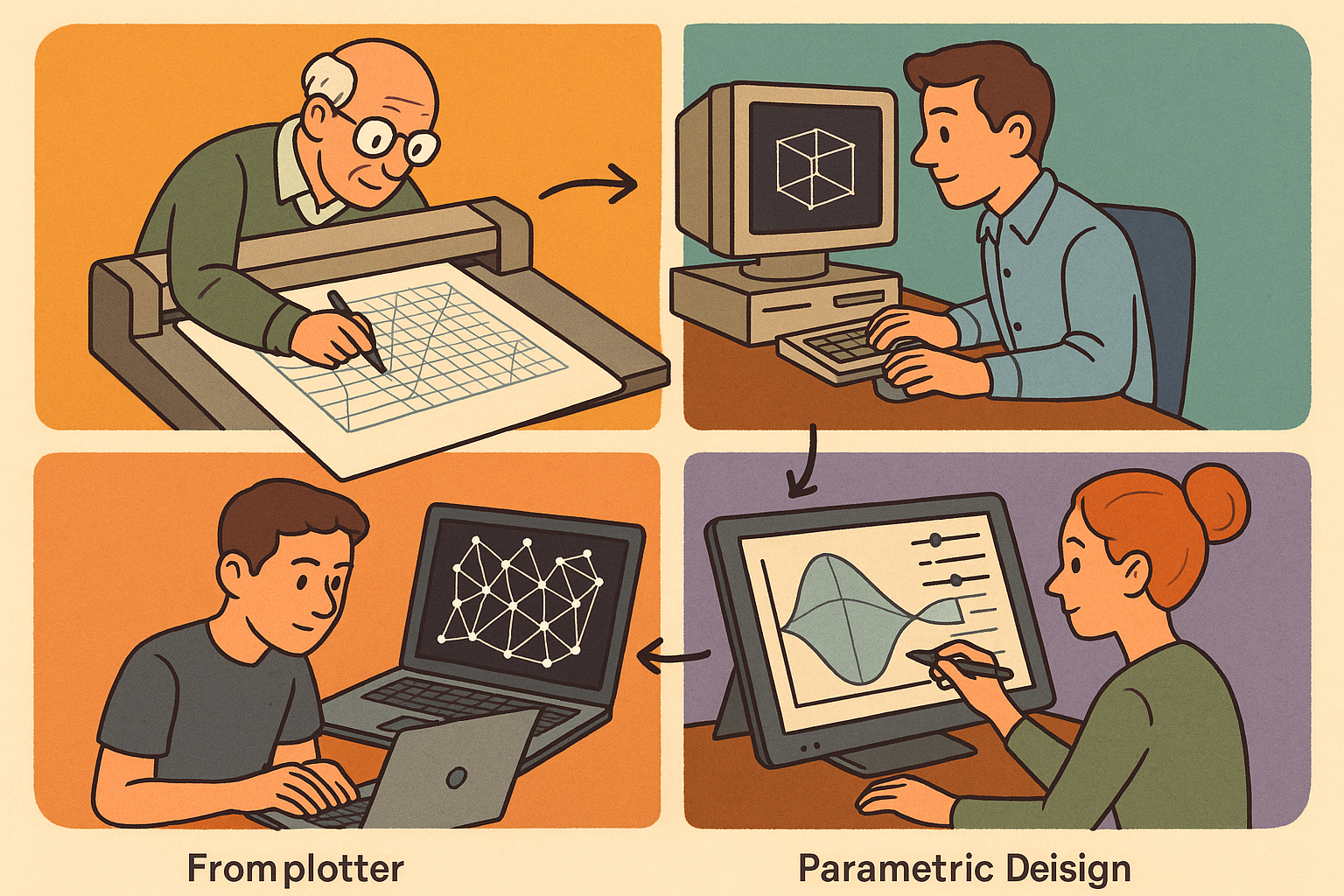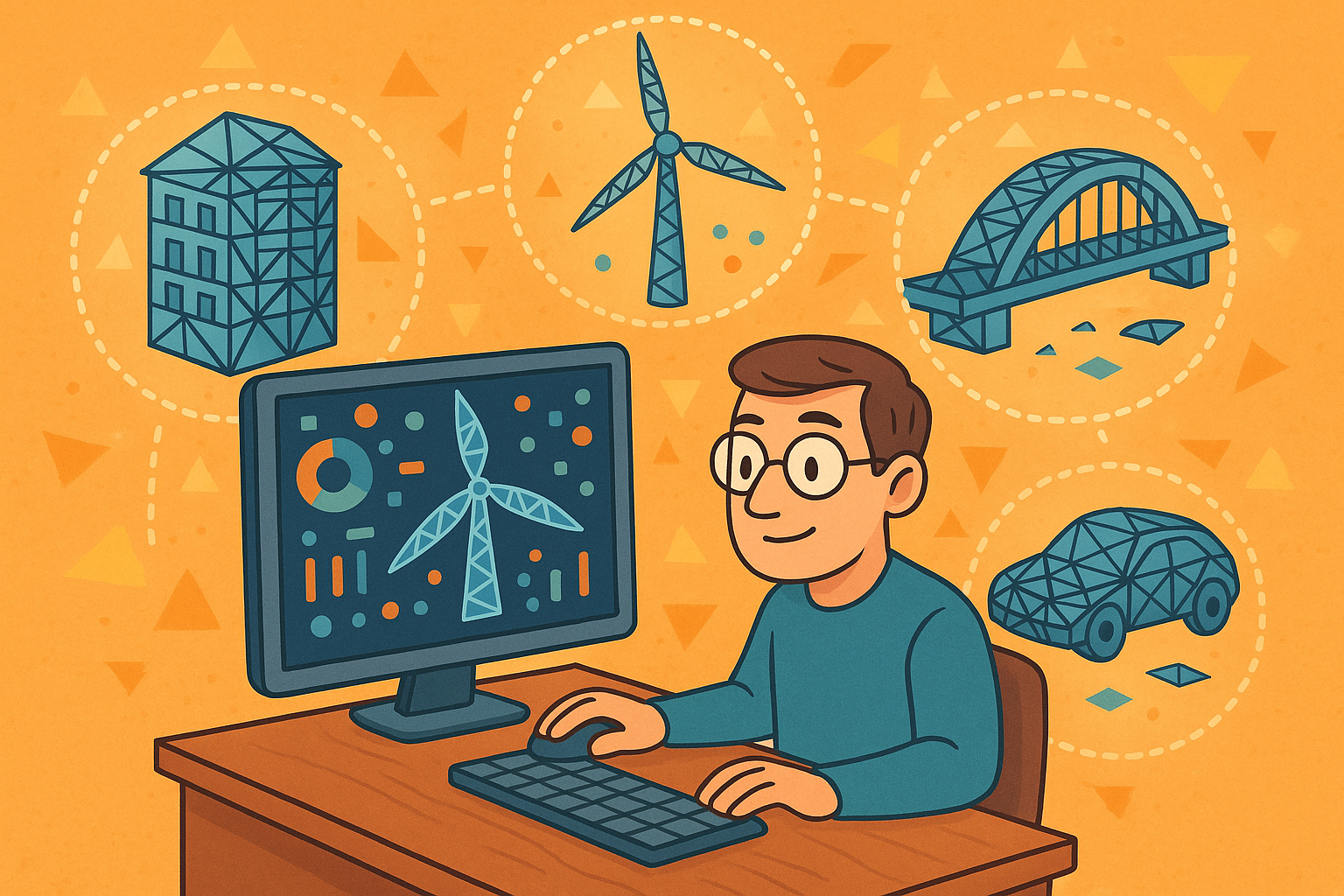Your Cart is Empty
Customer Testimonials
-
"Great customer service. The folks at Novedge were super helpful in navigating a somewhat complicated order including software upgrades and serial numbers in various stages of inactivity. They were friendly and helpful throughout the process.."
Ruben Ruckmark
"Quick & very helpful. We have been using Novedge for years and are very happy with their quick service when we need to make a purchase and excellent support resolving any issues."
Will Woodson
"Scott is the best. He reminds me about subscriptions dates, guides me in the correct direction for updates. He always responds promptly to me. He is literally the reason I continue to work with Novedge and will do so in the future."
Edward Mchugh
"Calvin Lok is “the man”. After my purchase of Sketchup 2021, he called me and provided step-by-step instructions to ease me through difficulties I was having with the setup of my new software."
Mike Borzage
Top 5 Features Elevating Automotive Visualization in Design Software
July 27, 2024 3 min read


Automotive visualization has reached new heights with the latest advancements in design software, allowing designers and engineers to create more realistic and detailed virtual prototypes than ever before. Among these advancements, certain features stand out for their ability to enhance the realism and efficiency of automotive models. This blog post delves into some of the most significant of these features.
Car Paint Material for Realistic Finishes
Achieving a realistic car paint finish requires a deep understanding of Physical Material settings within the design software. The base color and flake parameters are critical for simulating the unique way light interacts with the car's surface. The addition of a clear coat enhances realism by adding depth and a glossy reflection that mimics real-life vehicles.
Detail is further added through the utilization of maps:
- Bump Mapping for creating surface imperfections that contribute to the authenticity of the finish.
- Reflection and specularity maps add depth and a sense of realism by simulating how light reflects off the car's surface.
ActiveShade Rendering for Interactive Previews
ActiveShade Rendering mode is a powerful tool for designers, offering real-time updates to lighting, materials, and camera settings. This feature significantly speeds up the design process, allowing for on-the-fly adjustments and instant feedback.
When integrated with visualization giants like V-Ray and Arnold, ActiveShade Rendering's capabilities are enhanced, providing settings adjustments for optimal performance and even more impressive visual results.
Alembic Support for High-Performance Animation Playback
Alembic Caching stands as a cornerstone for managing complex animation data efficiently. It ensures that animations, especially those with high data loads such as moving car parts, play back smoothly without straining system resources. This feature also facilitates streamlined collaboration across different platforms, making it a valuable asset in automotive visualization workflows.
Practical applications in automotive visualization include the animation of moving parts, providing a realistic depiction of how doors and suspension systems operate in real-time.
Spline Tools for Precise Curve Modeling
The use of splines in bodywork and detail elements is indispensable for achieving the precise curves characteristic of automotive design. Techniques such as Path Deform and Lofting between splines are invaluable for modeling complex shapes and smooth surfaces, respectively.
Converting these splines to editable polys is a critical step for adding detailed textures and preparing the model for further refinement and texturing.
HDR Lighting for Dynamic Environment Reflections
HDR lighting is a technique that greatly impacts the realism of automotive visualizations by simulating real-world lighting conditions. Choosing the right HDR image for your environment and adjusting its intensity and rotation are crucial steps for achieving lifelike reflections on car bodies.
The impact on automotive visualization is profound, providing reflections that add depth and realism. Lighting setup tips for both indoor and outdoor scenes can further enhance the visual appeal of the models.
Conclusion
The features discussed in this post, from realistic car paint finishes to dynamic environment reflections through HDR lighting, significantly enhance the realism and efficiency of automotive visualizations. The integration of these advanced capabilities into the design process not only improves workflow but also pushes the boundaries of what is possible in automotive design. Designers and engineers are encouraged to experiment with these features, leveraging their full potential to achieve improved realism and efficiency in their projects.
Also in Design News

Design Software History: From Plotters to Procedural Intent: A Technical History of Generative and Parametric Design Software
January 04, 2026 13 min read
Read More
Semantic Meshes: Enabling Analytics-Ready Geometry for Digital Twins
January 04, 2026 12 min read
Read MoreSubscribe
Sign up to get the latest on sales, new releases and more …



